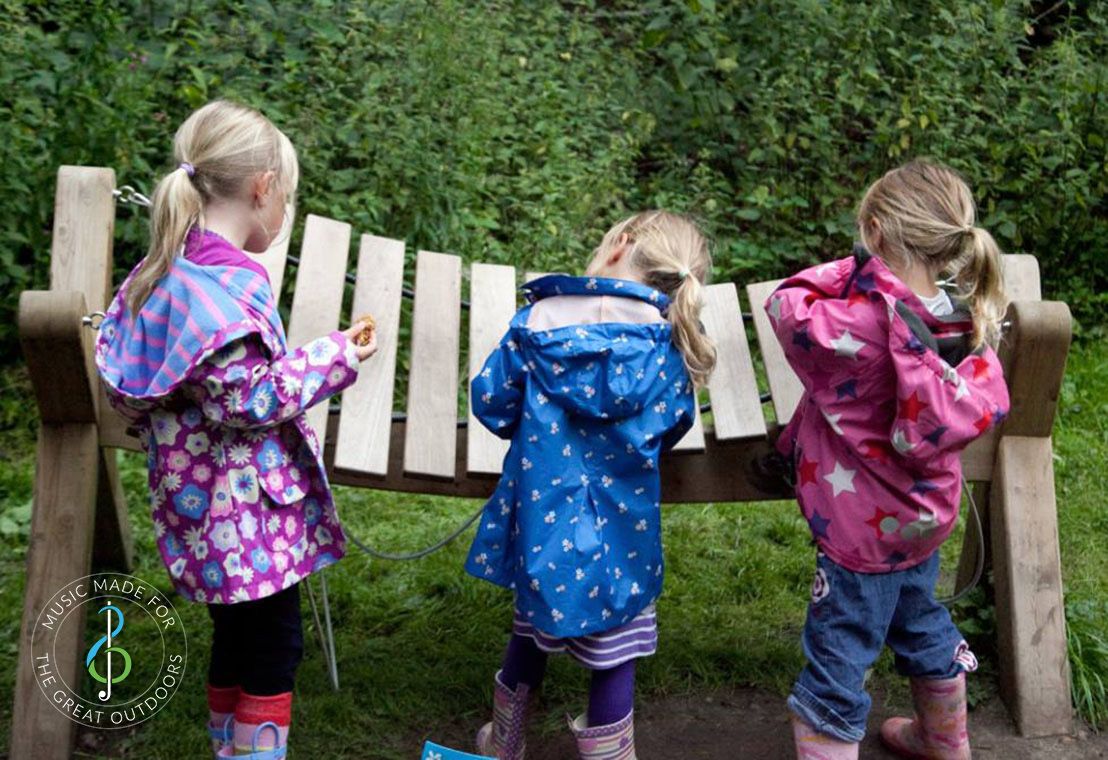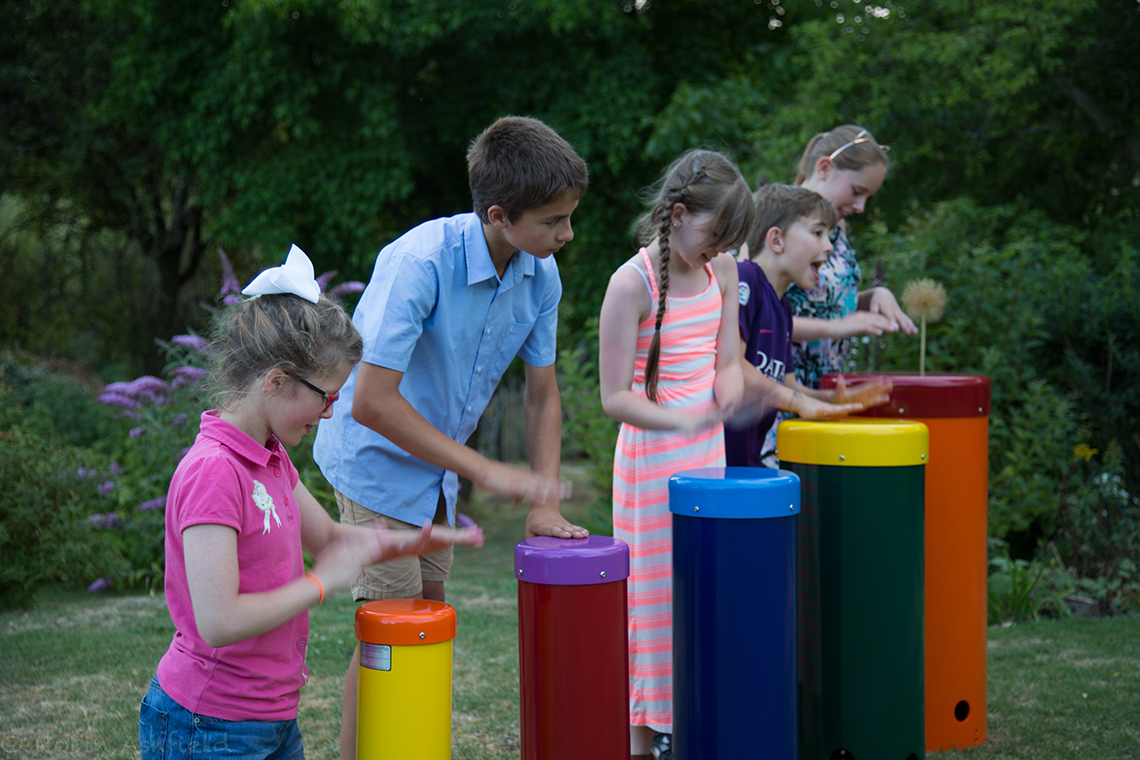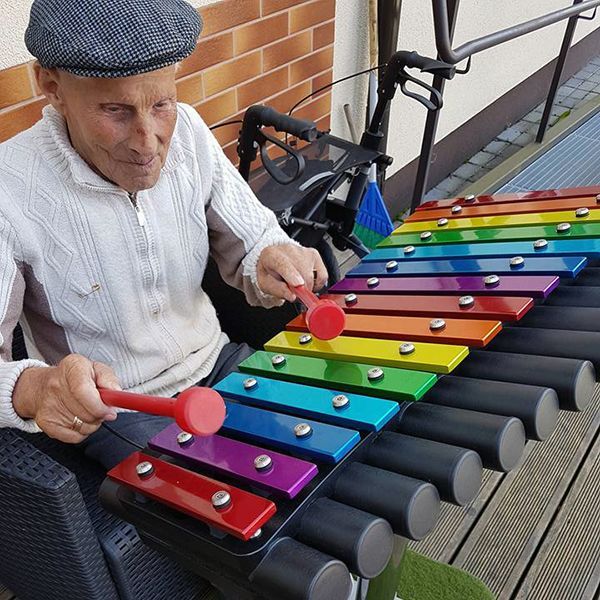Music and Literacy: Storytime / Drama / Performance / Active Listening & Rhythm
The move from home, preschool or other early years settings into the constant buzz of full-time elementary school can be an overwhelming and sometimes difficult adjustment and step up for young children. Suddenly, expectations are higher, educational and cognitive development is more closely monitored, and increases in testing begin. Some children slot easily into these new rhythms, but for some, it can be stressful, and this stress can cause children to develop negative associations with learning.
Although funding landscapes can make this difficult, it is especially during these younger elementary years that facilitating fun, memorable, and joyful ways of learning is key to bringing out the best in every child’s experience of school. One example of where these links can be easily established between increased enjoyment and improved performance is in the marrying of two elementary subjects: Music and Literacy. Many studies have confirmed the significant role of music training and musical play in enhancing literacy skills. Some of these studies have looked at the role of music in developing skills such as phonological (sometimes called ‘phonemic’) awareness, that is: the awareness of the sounds of language, which helps children to learn how letters and sounds come together in words. These studies note the links between rhythmic musical study and play and developments in being able to identify words that rhyme, to count the syllables in a word, to ‘blend’ and ‘segment’ these syllables, and to recognize alliteration. Literacy development has long been considered to contain necessary auditory elements. These include:
- phonemic awareness
- discrimination between similar auditory elements
- auditory memory
Phonological (or phonemic) awareness is the foundation for learning to read (something which is obviously a central part of what children get up to in these elementary years!) and music has been proven across multiple studies on a global scale to have a positive impact on children’s ability to develop phonological awareness skills more quickly and comprehensively. It follows, then, that children exposed to musical training and play leading up to and during these years are often better equipped to pick up key reading (and therefore writing!) skills more quickly and easily. To encourage the development Music also helps in the development of vocabulary: children whose ears are attuned to studying and listening to music and lyrics tend to find picking out new and unknown words as they learn to read much easier.

The links between music and literacy are easy to see (and even easier to hear!). Music and poetry, for example, have since antiquity been regarded as the sister arts. Both have their roots in rhythm, whether classical or experimental, and both can be used to learn about the other. Incorporating musical instruments into literacy classes focusing on sound, rhythm, and poetry can make the process of learning these key literacy and active listening skills more fun, engaging, and effective for children. Why not try, for example, switching up the normal literacy lesson to make ‘rain poems’ or ‘rain songs’, as per this lesson plan aimed at elementary level students. As well as being a sure way to make literacy class more enjoyable, engaging, memorable and creative, the forms of cognitive exercise built into these kinds of sessions have the proven potential to advance literacy skills such as phonological awareness (including rhyme and rhythm), auditory memory, discrimination between auditory elements, and much more! Whilst the linked lesson plan, designed by Arizona-based community teaching artist Saraiya Kanning doesn’t require it, the addition of percussion instruments adds an extra sonic dimension to the activities described. Chanting along to the beat of a drum can help to cement the rhythms, rhymes, and sounds of letters, words, and phrases—and thus the key objectives and literacy skills—into young minds. Nobody can doubt the effects of music and rhythm on memory and the retention of sound and information, and literacy classes are the ideal place to try out the positive impact that music can have on learning and retaining these important skills.
But music and stories, too, are profoundly connected in their own way. As many people have considered, the best stories are the ones that engage all the senses. The more senses that are engaged, the more information is stored and retained in various ways. Music, here, is no exception. Many stories, such as this one here, have been adapted to involve a musical element—allowing students to connect the narrative dots in their favorite stories through song—and what better way to secure emerging literacy skills than through bringing musical tales into the classroom? Integrating children’s literature into music time or music lessons by adding songs and sound effects to the stories and acting them out during the lesson will add some creative fun: nothing works quite like a good book and some loud noise when it comes to awakening the ardent imaginations of children!
Let your classes be driven to use their minds in new and vibrant ways as they explore their favorite books through a new lens. Whether you choose to engage young minds with the gentle rhythms of ‘We’re Going on a Bear Hunt’, the wild, mystical melodies of ‘Alice’s Adventures in Wonderland’, the silvery, supernatural sounds of ‘Harry Potter’ or the ferocious roars of Aslan in ‘The Chronicles of Narnia’, let the music pour out of your students’ favorite stories today.
Enjoy some seafaring stories and transform your outdoor music area into a pirate ship, or make music to stories, songs, and rhymes about minibeasts. The opportunity to bring hungry caterpillars, witches and wizards, dragons, princesses, and all manner of adventures into music lessons is endless. And for the children who may struggle with reading, or see it as more of a challenge – what a great way to draw the fun out of books and inspire a fresh, exciting way to engage with them: finding the melodies between the words. Open up new worlds of imagination, listening, and joyful learning, and new opportunities to grow phonological skills more easily for your students by incorporating music into a literacy class today.

